Real Life Incident: Car Carrier Goes Sideways
A car carrier had been loaded, not with cars but with bundles of timber. These were stowed on decks five and seven, the only decks allowing forklifts without height restrictions. The remaining decks would remain empty. This was just the second voyage for the Chief Officer (CO) in a Pure Car Carrier.
A pre-sailing calculation was made on the stability computer but the drafts as visually checked were found to be different from those calculated (actual forward draft 8.850 but calculated 8.256, actual aft draft 8.850 but calculated 8.460). The CO went back to the stability computer and adjusted the cargo weights to see if the drafts as seen would affect the final GM. He was satisfied all was safe and the vessel sailed.
During the sea passage ballast tanks five port and starboard were being used as heeling tanks; there was no ballast exchange. During the voyage, a small heel developed. The CO decided to do a five-minute transfer between the heeling tanks. The next day, the swell was increasing and coming from the stern. Over the next few hours, the weather worsened with six to seven-meter swells from the port quarter.
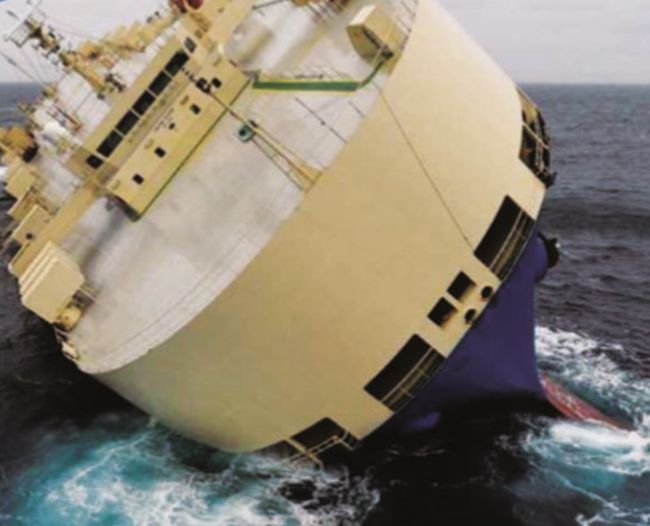
The Master ordered a reduction in engine rpm and a switch to manual steering. In the afternoon of the same day, the vessel rolled heavily to starboard, then back to port and again to starboard, a roll of about 30°-40°. A loud noise was heard from the cargo decks. The helm was put hard to starboard but the vessel did not respond. The angle of list now made moving on the bridge almost impossible. A MAYDAY message was sent and the Master activated the GMDSS distress signals and then the abandon ship alarm. All crew were ordered to move to the port upper side deck.
Fire hoses were extended and attached to railings to help crew move to the port side and don their immersion suits. Both the port liferaft and the lifeboat were lowered but both were pushed to the ship side due to the heavy list, making it dangerous to embark through the vertical ladder. Finally, helicopter evacuation was arranged and crew were disembarked by air. A few days later the vessel was towed to safety. The official investigation found, among other things, that cargo weights were about 29% greater than those declared by stevedores, contributing to a reduction in real GM. Also, more ballast was used than had been estimated, so GM was again less than calculated.
Calculations were not efficiently supervised or followed up and no arrival calculations were considered. The CO and Master appeared to pay little attention to the importance of stability calculations since they were confident of the stability of the ship based on similar conditions in the past. However, conditions on this trip were not in fact similar to those in the past because this time bunkers had been kept to a minimum in anticipation of dry dock.
Lessons learned
- Sailing without a finalized and accurately calculated GM is not a good idea.
- Without proper training it is likely that unsafe practices will become the norm. l When unsafe practices become the norm, it is only a matter of time before an accident occurs.
- If you are required to carry an unusual cargo or a cargo that is not necessarily adapted to your vessel, best seek advice from Class or cargo experts before loading.
Reference: nautinst.org
Do you have info to share with us ? Suggest a correction
About Author
Marine Insight News Network is a premier source for up-to-date, comprehensive, and insightful coverage of the maritime industry. Dedicated to offering the latest news, trends, and analyses in shipping, marine technology, regulations, and global maritime affairs, Marine Insight News Network prides itself on delivering accurate, engaging, and relevant information.

About Author
Marine Insight News Network is a premier source for up-to-date, comprehensive, and insightful coverage of the maritime industry. Dedicated to offering the latest news, trends, and analyses in shipping, marine technology, regulations, and global maritime affairs, Marine Insight News Network prides itself on delivering accurate, engaging, and relevant information.
- Real Life Incidents: Near Miss In Open Water And Good Visibility
- Real Life Incident: Poor Situational Awareness Leads to Collision
- Real Life Incident: Monkey’s Fist Knocks on Office Window
- Real Life Incident: Paint Storage Slip-Up On Ship
- Real Life Incident: Checklist Mentality Is A Burning Problem
- Real Life Incident: Vessel Speed Exacerbates Bank Suction
Latest Case studies Articles You Would Like:
Subscribe To Our Newsletters
By subscribing, you agree to our Privacy Policy and may receive occasional deal communications; you can unsubscribe anytime.




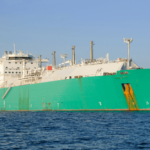
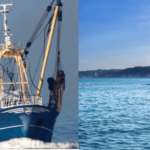
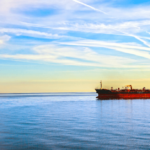
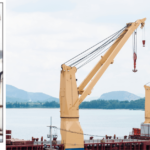

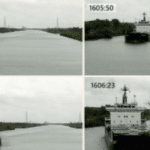
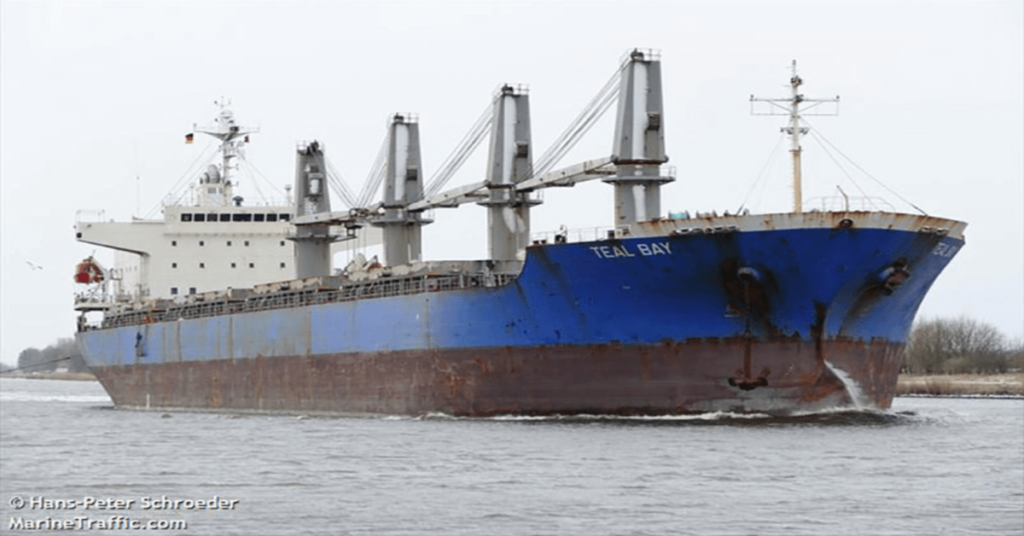

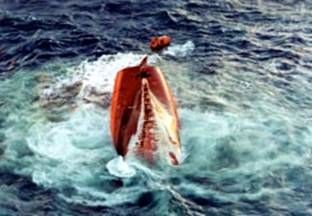

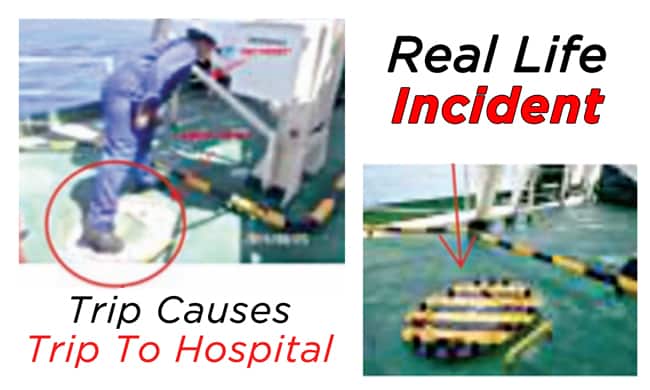
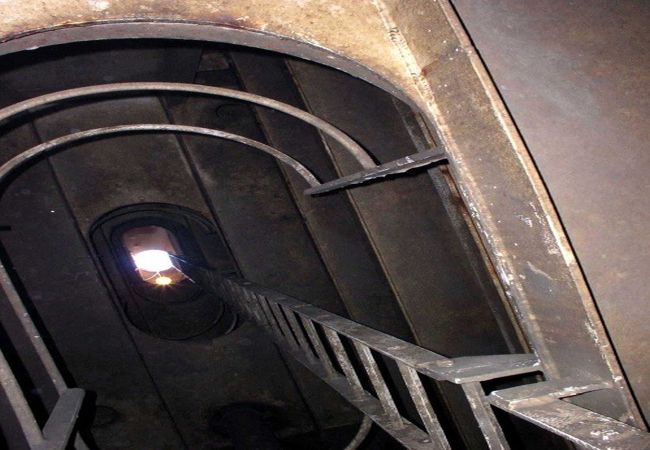
More ballast, less GM? That doesn’t sound correct.
Another very important lesson to any mariner, is that timber cargoes are notorious to be over declared weight. This can be due to open storage and moisture ingress.
On container ships, a 4-‘ container declared at 26 MT can easily top well over 32 MT.
I believe VGM mak have curbed this to a large extent for container, but for break bulk cargo, caution is strongly advised.
And for any mariner – the draft tells the unbiased truth. If it said there is a 50 CM variance, then with a TPC of 600, there was 3000 MT extra weight on board. That should have been a HUGE warning.